According to VNA correspondent in Singapore, statistics for the first six months of the year show that for the first time, Vietnamese seafood has maintained its position as Singapore's fifth largest partner for two consecutive quarters, demonstrating the important position and role of Vietnamese seafood in this demanding market.
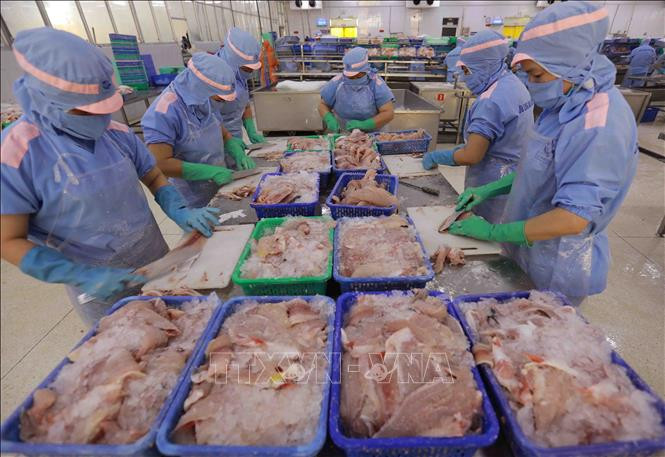
According to the Vietnam Trade Office in Singapore, the export turnover of Vietnamese seafood to the Singapore market in the first 6 months of 2024 increased by 0.81% (export value reached nearly 51.7 million SGD), accounting for 9.46% of the market share. Export turnover increased sharply in the fresh fish group (up 25.42%), while the 3 product groups decreased sharply: fresh chilled fish (down 26.93%), frozen fish (down 39.42%) and aquatic products (down 23.08%).
Mr. Cao Xuan Thang, Vietnam Trade Counselor in Singapore, said that in order to increase sustainable market share, improve the ranking and export value of Vietnamese seafood to Singapore, Vietnamese enterprises need to continue to improve the quality of seafood products, and actively respond to the activities of the Trade Office connecting with Singaporean seafood associations and businesses to increase the presence of Vietnamese goods in the area.
Statistics from the Singapore Enterprise Authority for the first 6 months of 2024 show that Singapore imported seafood from nearly 100 countries and territories with a total import turnover of about SGD 546.14 million, down 3.42% compared to the same period in 2023. Among the top 15 seafood exporting countries to the Singapore market, Malaysia continues to be the leader, followed by Norway in 2nd place, Indonesia in 3rd place, China in 4th place, and Vietnam in 5th place for the first time in two consecutive quarters.
Malaysia has strengths in fresh fish and shrimp, crab and crustacean products with market shares in these two segments of 30.64% and 20.92% respectively. Norway and Spain have strengths in fresh chilled fish and frozen fish products. Vietnam dominates the Singapore seafood market with frozen fish fillets (28.69%) and processed fish (19.24%). China has advantages in mollusc products (32.53% market share) and Japan has advantages in aquatic products (37.81% market share).
To ensure food security, Singapore implements a policy of diversifying supply sources, continuously searching for and expanding import markets with many different policies. This increases competition among countries exporting seafood to Singapore.
Source


![[Photo] Special relics at the Vietnam Military History Museum associated with the heroic April 30th](https://vstatic.vietnam.vn/vietnam/resource/IMAGE/2025/4/3/a49d65b17b804e398de42bc2caba8368)
![[Photo] Moment of love: Myanmar people are moved to thank Vietnamese soldiers](https://vstatic.vietnam.vn/vietnam/resource/IMAGE/2025/4/3/9b2e07196eb14aa5aacb1bc9e067ae6f)

![[Photo] General Secretary To Lam receives Japanese Ambassador to Vietnam Ito Naoki](https://vstatic.vietnam.vn/vietnam/resource/IMAGE/2025/4/3/3a5d233bc09d4928ac9bfed97674be98)

![[Photo] Prime Minister Pham Minh Chinh chairs meeting after US announces reciprocal tariffs](https://vstatic.vietnam.vn/vietnam/resource/IMAGE/2025/4/3/ee90a2786c0a45d7868de039cef4a712)






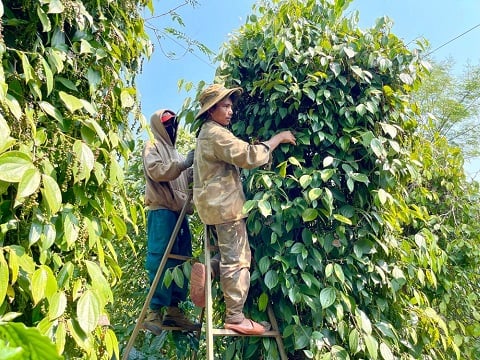

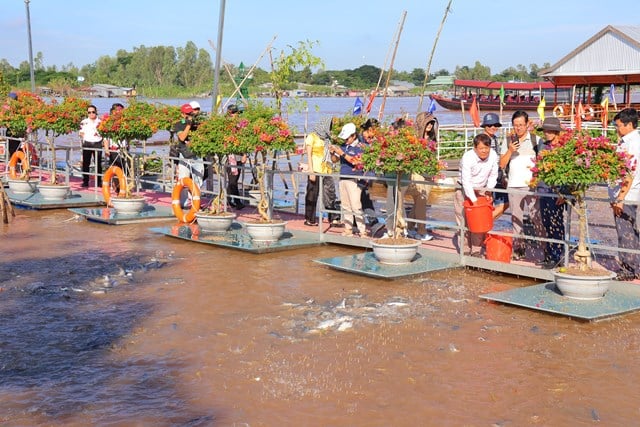






















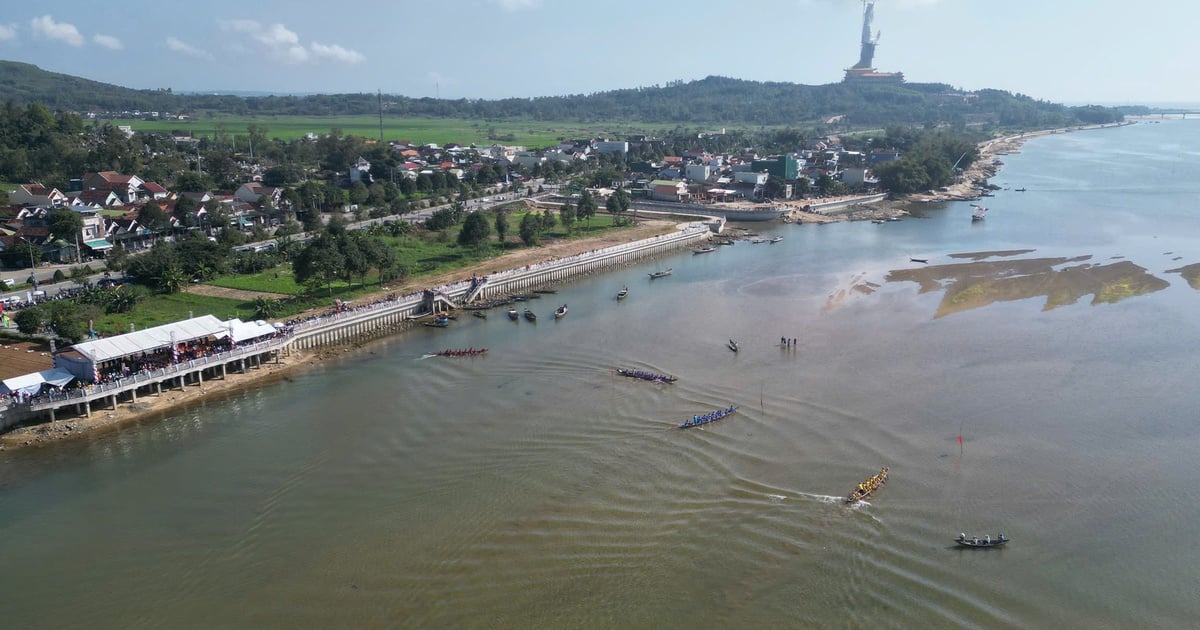




















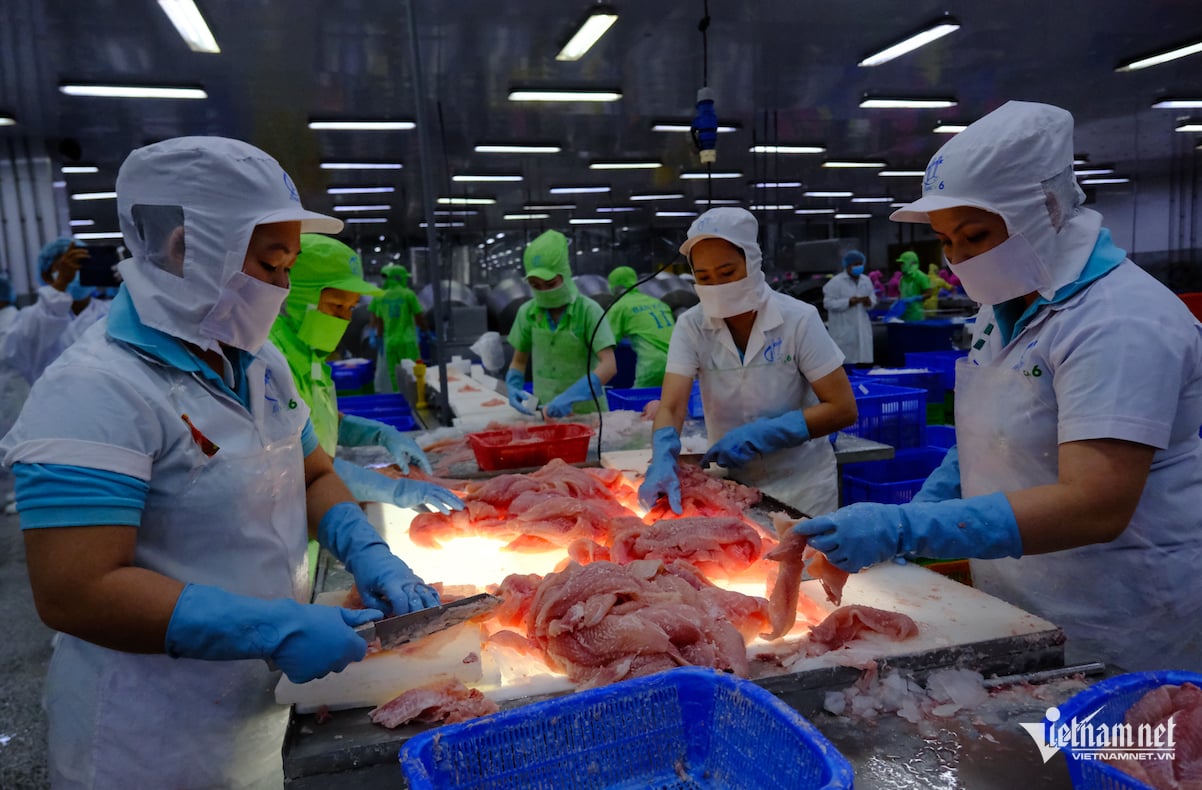


























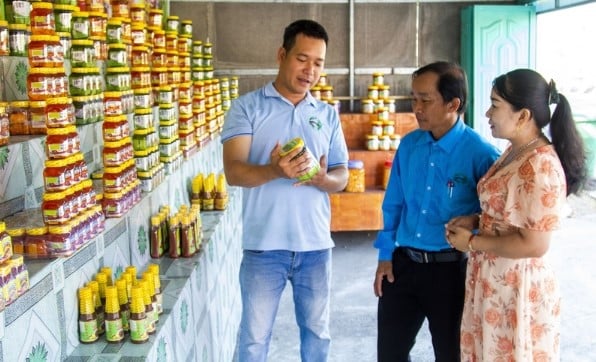








Comment (0)